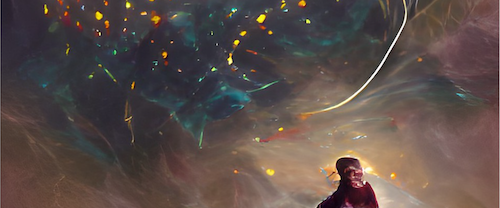Cosmological survey data in the 2020s will be characterized by multi-wavelength information from thousands of square degrees of overlapping sky. This opens up the exciting prospect of a new era of multi-wavelength cosmological analyses that use all datasets simultaneously. I will refer to this ambitious program as Cross-Survey Cross-Correlation Cosmology (CSC3). The power of CSC3 will come...
In this talk I will provide an overview of the strategy adopted for the full DESI Survey, as well as an update on its progress to date. Using a new 5000-fiber instrument at the 4m Mayall Telescope at Kitt Peak National Observatory, DESI should obtain spectra of more than 40 million targets over 14,000 square degrees during the course of a five year survey. Full survey operations began in May...
Clusters are matched to nodes in several versions of the cosmic web created by the Disperse web finder, and filaments between nodes are then assigned to their cluster counterparts. This picks out parts of the underlying cosmic web. Properties of the correspondence and those clusters and nodes which don't have counterparts are described, similarly, cluster pairs with and without web assigned...
In this talk, we will present the methodology of recovering filaments from galaxy samples in the Sloan Digital Sky Survey (SDSS-IV) through directional density ridges, which can be practically estimated via our proposed Directional Subspace Constrained Mean Shift (DirSCMS) algorithm. The algorithm takes into account the nonlinear geometry of a celestial sphere on which the galaxy samples lie...
Anisotropic subhalo accretion through cosmic filaments has an impact on halo structures. Using high-resolution cosmological simulations, we quantify the strength of filamentary subhalo accretion on host haloes and show that, for the first time, the shape and orientation of host haloes weakly correlate with the strength of filamentary subhalo accretion even if the host halo masses are the same....

